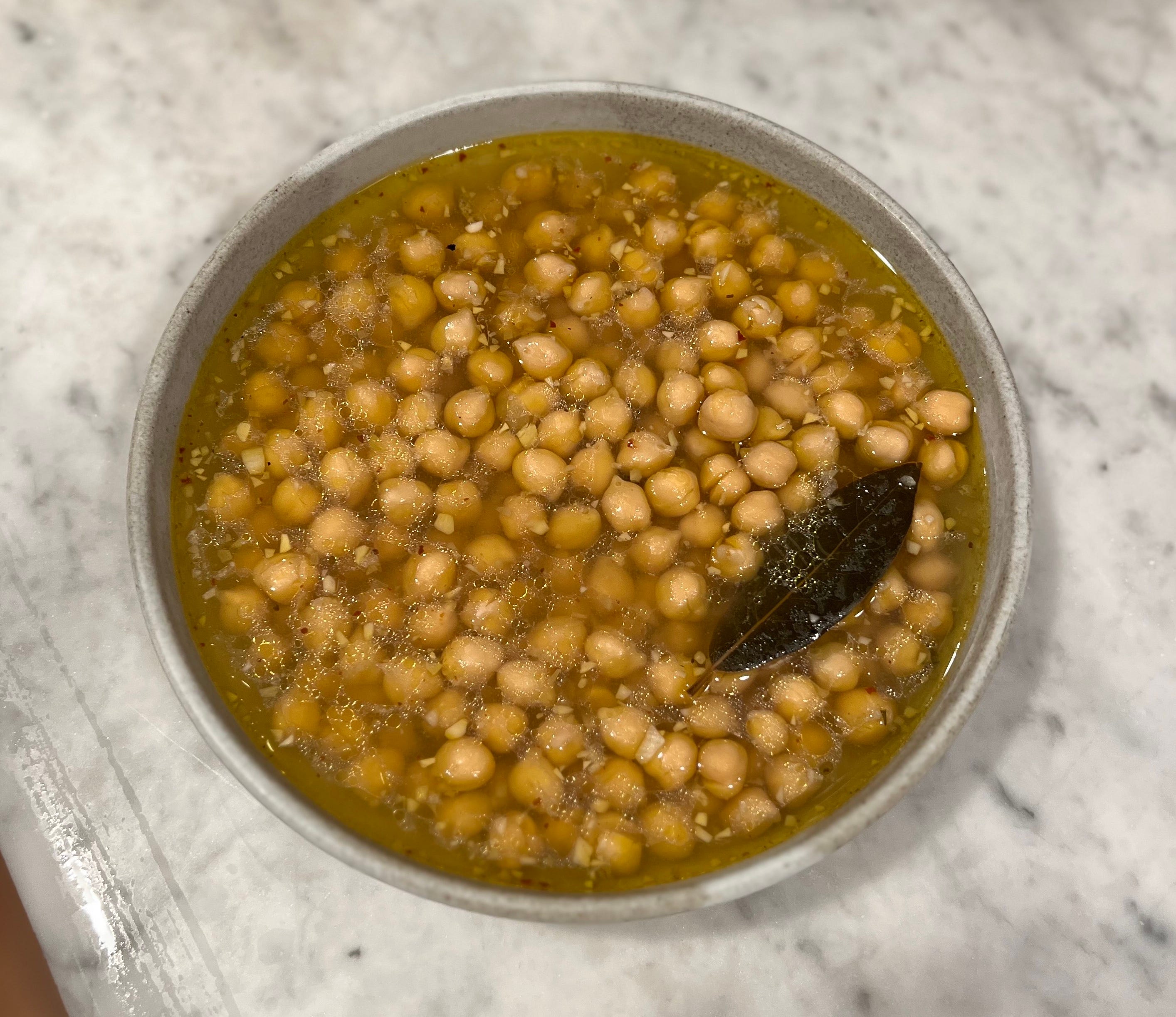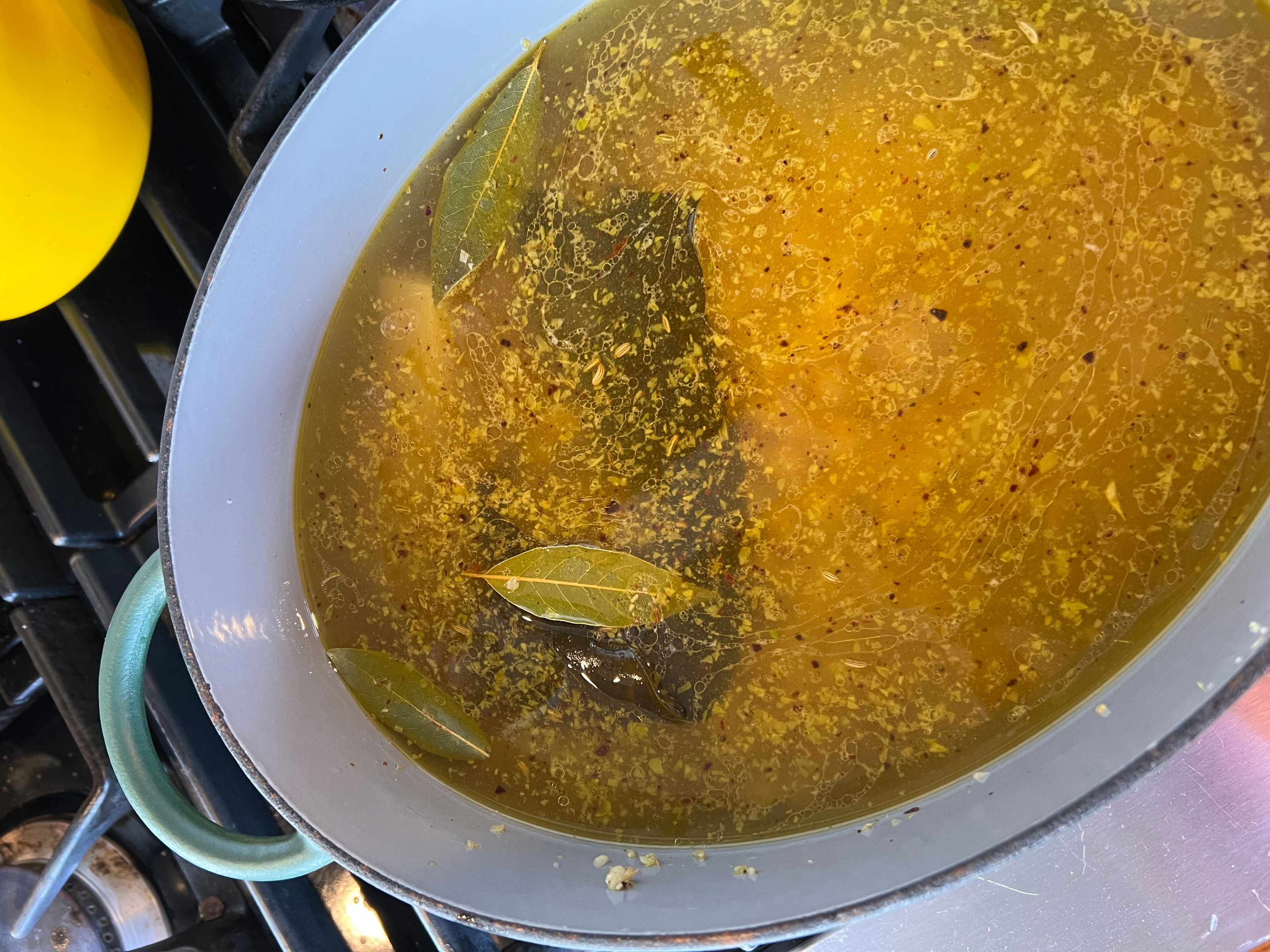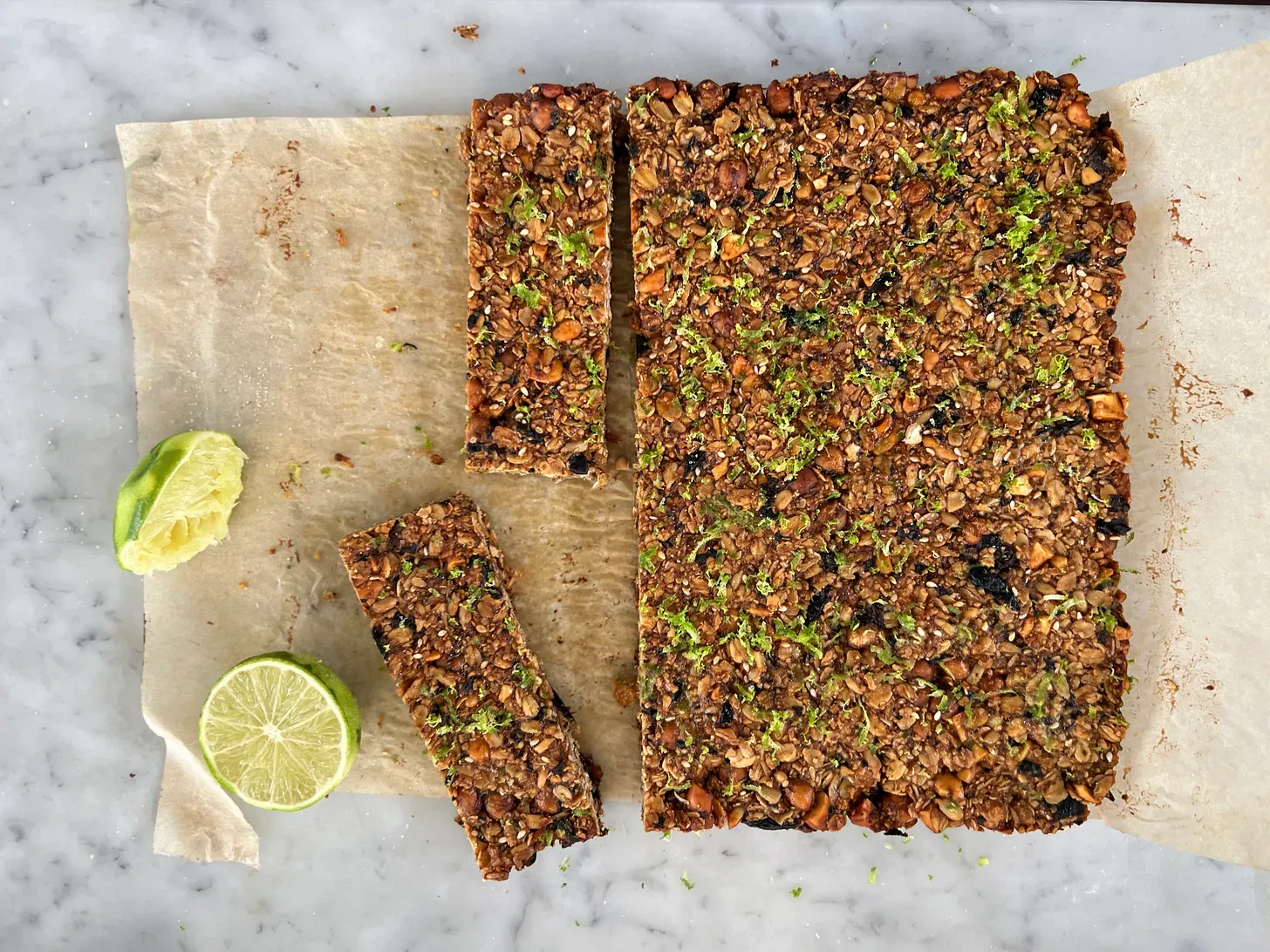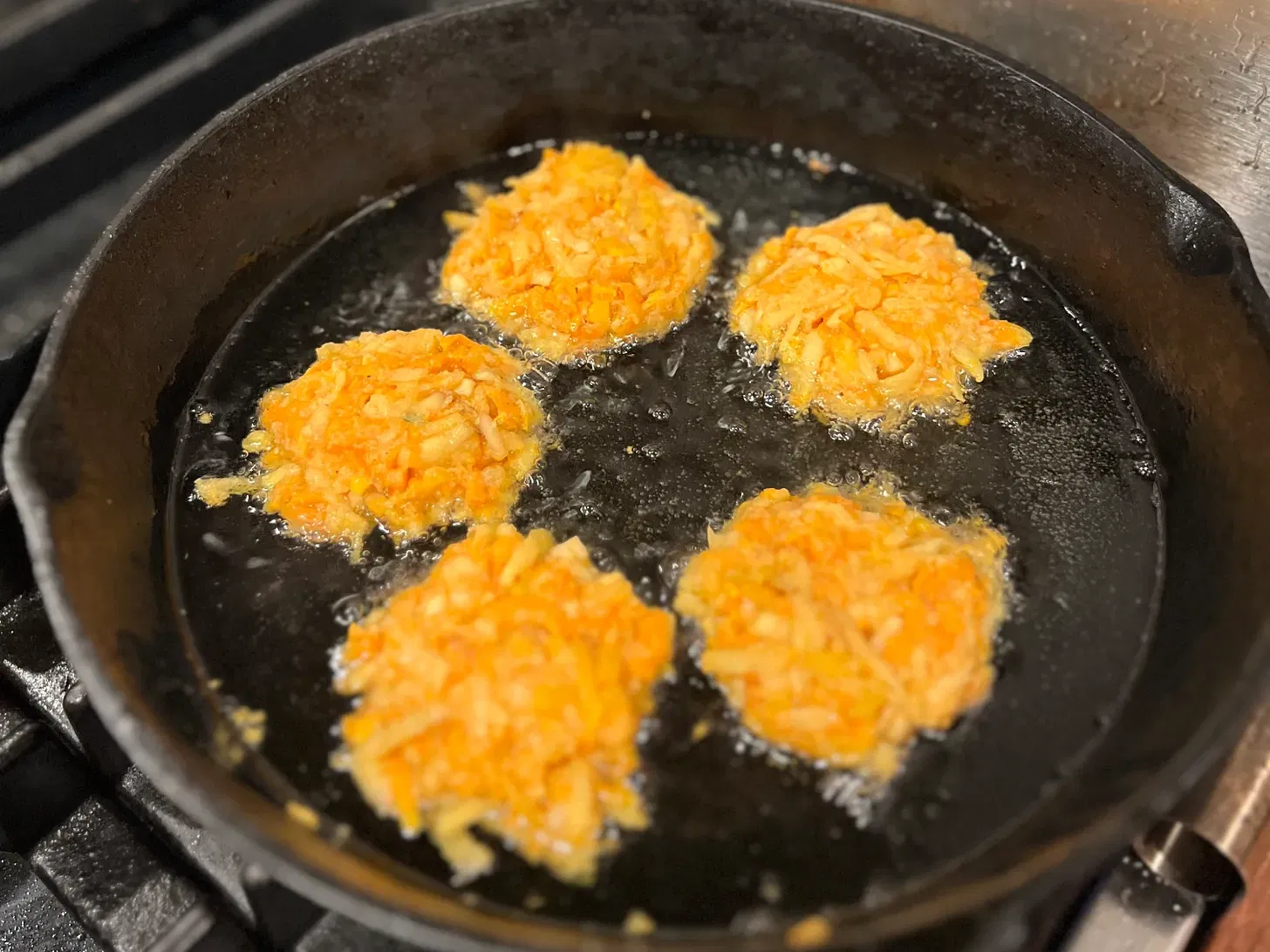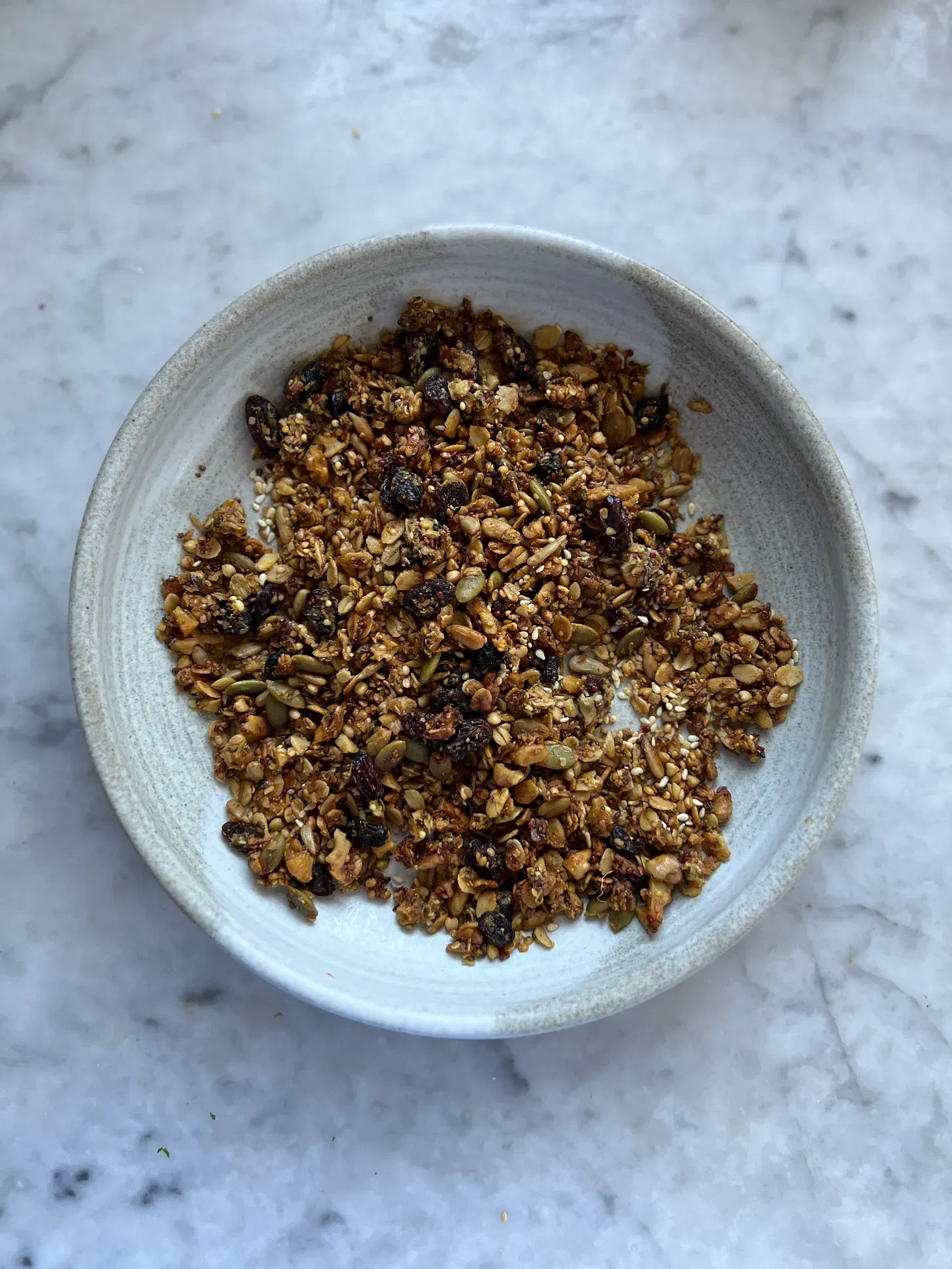Perfect Chickpeas
The Green Spoon•May 27, 2025
This protein-packed, iron-rich legume is a staple of international cuisines for a reason: it’s perfect and delicious, for one, but it’s also endlessly versatile, featured in dozens of Indian recipes including pakoras, and a type of southern French fritter called a “Panisse” (to name just a few). It’s also the backbone of falafel, the star of hummus, and the raison d’être of so many vegetarian curries.
Our recipe leans Italian, but we know there are other versions of this that feature flavors from around the globe. (If have any favorites, let us know—we’d love to try your recipe!) As for the beans themselves, we prefer Rancho Gordo and the regeneratively-farmed ones from Simpli, as well as those from Bartolini or Bio Alberti, but honestly you can make a great batch with almost any dried chickpea—just know that if the beans have been sitting on your pantry shelf (or a grocery store shelf) for a long time, they’ll take much longer to cook and can sometimes taste a bit stale or dull. If possible, buy chickpeas with a far-off expiration date.
Another note: don’t skimp on the Parmesan rind. It’s the umami-delivering star of this recipe and it must be included. After making this for the first time, you’ll start religiously saving rinds in the freezer, but until you do, you can just slice the rind off of the Parmesan wedge in your fridge. (We’re sure this is a terrible way to treat cheese, so don’t make a habit of it. Just do it this one time.)
View Substack Post

We’re Fanny and Greta, dear friends with deep backgrounds in sustainable food. This is a space for the food lovers, home cooks, would-be home cooks and anyone who needs a bit of inspiration and gentle guidance in their family kitchen.
Instructions
Soak chickpeas (1 lb) overnight or for a minimum of 8 hours.
We know a lot of people say this isn't necessary, but we're in the "don't fix what ain't broke" camp. Soaking has always worked for us, so we're going to keep doing it.
When you're ready to start cooking, strain the chickpeas in a colander and give them a quick rinse with cold water.
Add ¼ cup of olive oil to the bottom of a heavy bottomed stock pot, turn the heat to low and add the garlic (1 head), and chili flakes (1 pinch), if using.
When the garlic is becoming fragrant and starting to sizzle gently (about 4-6 minutes), add the chickpeas and cover them with fresh water by 2 inches. Turn the heat to high and add the Parmesan rind (1) and bay leaves (2). Add the fennel seeds (1 pinch) and kombu (1 piece), if using.
When the water is at a rolling boil, turn the heat back down to low and cover the pot. This is the point at which you can go about your business!
Check the beans for the first time after 30 minutes—this will give you a good indication of how long they'll take to cook. They might still be totally raw or they might actually have a bit of give to them.
Check every 20 minutes or so. When the beans are about ⅔ cooked—soft but still kinda crunchy—add 2 tablespoons of salt and keep cooking.
If cooking for babies, either reduce or omit the salt—adult servings can be seasoned later
You'll know your chickpeas are done when they become the texture of velvet with very little pressure from your teeth. It's easy to be impatient, especially when something has been cooking for a while, but our rule of thumb with chickpeas is to give them an extra 15–20 minutes even when we think they're done. Undercooked beans are a texture bummer, but they're also hard to digest, which is a whole different kind of chaos.
When the beans are done done, turn off the burner and let them cool for a bit. The danger of oversalting a pot of beans is VERY VERY HIGH because you can't properly taste for salt levels when something is piping hot, so resist the urge to do it right away and wait to salt until they temperature has gone from "strength of a thousand suns" heat to "pleasantly warm." Salt to taste, adding anywhere from 1–3 more tablespoons.
Notes
Storage
These will keep in an airtight container—submerged in their cooking liquid—in the fridge for a week, or for 6 months in the freezer.
Kombu
An edible kelp, kombu is the foundation of many staple foods in East Asian cuisine (including Japanese dashi, a ubiquitous soup stock). If possible, we include it whenever we cook beans because it’s known to make them more digestible, rendering their nutrients more bioavailable. Kombu’s amino acids help break down the heavy starches found in beans, but it also contributes its own supply of iron, calcium, and vitamins A & C. Last but not least, it’ll add a subtle briney, umami dimension to whatever you’re cooking (it’s a great addition to homemade vegetable stock). You can find it in Asian markets, health food stores, and online, but kombu grows well in many coastal regions, so look for one that might be local to yo


